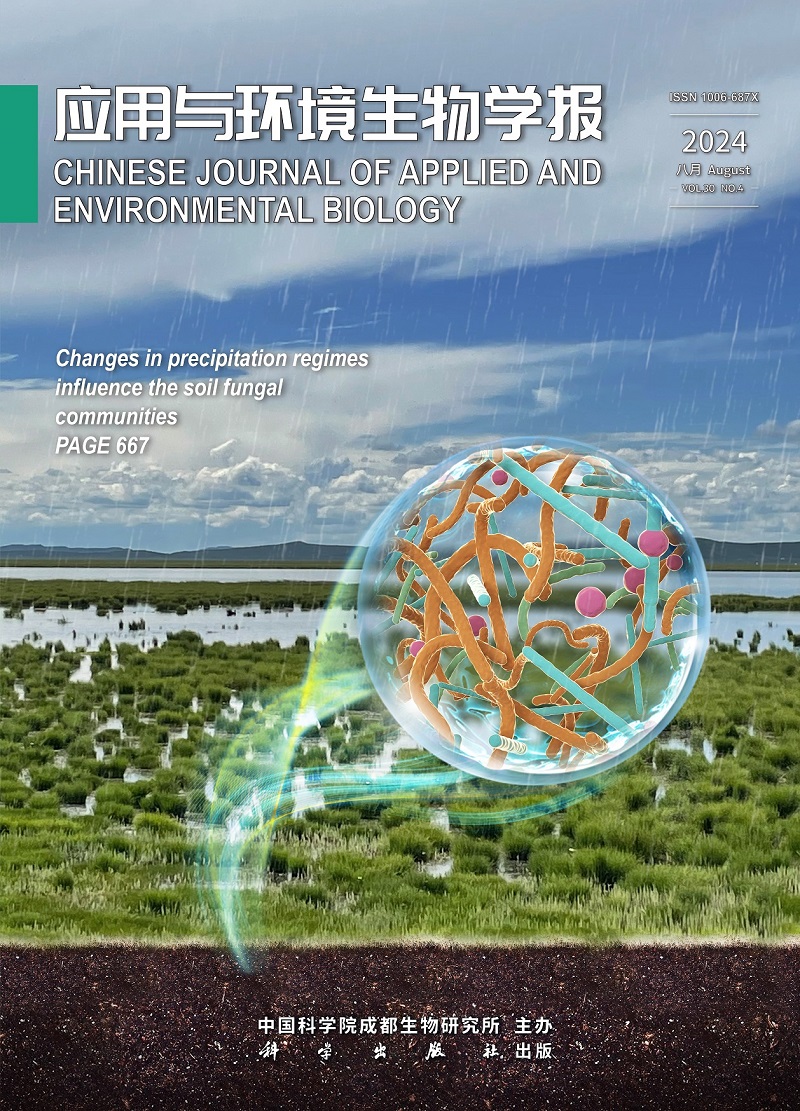The Biosynthesis of Poly-γ-glutamic Acids and Relevant Regulatory Networks in Bacillus subtilis: The Biosynthesis of Poly-γ-glutamic Acids and Relevant Regulatory Networks in Bacillus subtilis
Q4 Agricultural and Biological Sciences
引用次数: 0
Abstract
The poly-γ-glutamic acids (γ-PGA), a group of biocompatible, biodegradable and soluble macromolecular biopolymers of multiple uses in food, cosmetics, medicine and environmental protection, are synthesized by Bacillus species and a few other Gram-positive bacteria. PGA is also the main component of capsules of certain bacteria such as B. anthracis. The PGA synthetase complex is cytomembrane-associated and encoded by the gene cluster of pgsBCAE in B. subtilis and capBCAE in B. anthracis, respectively. In B. subtilis, the transcription of pgsBCAE and biosynthesis of PGA are regulated by the quorum sensing systems and other regulators which form a complex regulatory network. The cellular processes of PGA biosynthesis, natural competence, synthesis of bioactive secondary metabolites, sporulation, and swarming are interconnected and together play a central role in the bacterial adaptation to environmental changes and survival. This review introduced the progress in the study of PGA biosynthesis and relevant signal transduction and regulatory pathways, focusing on the cellular functions of two small regulatory polypeptides, DegQ and SwrA. The two small peptides mediate the interactions between the quorum sensing systems and the DegS-DegU two-component system, which directly controls the biosynthesis of PGA. Some insights are provided for the applications such as development of high yield strains and fermentation strategies for PGA production. Fig 3, Ref 48枯草芽孢杆菌中聚γ-谷氨酸的生物合成及其相关调控网络:枯草芽孢杆菌中聚γ-谷氨酸的生物合成及其相关调控网络
聚γ-谷氨酸(γ-PGA)是由芽孢杆菌等革兰氏阳性菌合成的一类具有生物相容性、可生物降解和可溶性的高分子生物聚合物,在食品、化妆品、医药和环保等领域具有广泛的应用。PGA也是某些细菌(如炭疽杆菌)胶囊的主要成分。PGA合成酶复合物与细胞膜相关,分别由枯草芽孢杆菌的pgsBCAE基因簇和炭疽芽孢杆菌的capBCAE基因簇编码。在枯草芽孢杆菌中,pgsBCAE的转录和PGA的生物合成受群体感应系统和其他调节因子的调控,这些调节因子形成了一个复杂的调控网络。PGA生物合成、自然能力、生物活性次生代谢物合成、产孢和蜂群等细胞过程相互关联,共同在细菌适应环境变化和生存中发挥核心作用。本文综述了PGA生物合成及其信号转导和调控途径的研究进展,重点介绍了DegQ和SwrA两种小调控多肽的细胞功能。这两个小肽介导群体感应系统与DegS-DegU双组分系统之间的相互作用,直接控制PGA的生物合成。为PGA高产菌株的开发和发酵策略的应用提供了一些见解。图3,文献48
本文章由计算机程序翻译,如有差异,请以英文原文为准。
求助全文
约1分钟内获得全文
求助全文
来源期刊

应用与环境生物学报
Agricultural and Biological Sciences-Agronomy and Crop Science
CiteScore
1.20
自引率
0.00%
发文量
4458
期刊介绍:
The “Chinese Journal of Applied and Environmental Biology” is a national scientific and technological journal published both at home and abroad. It was started in 1995 and became bimonthly in 1999, and now it is a core journal for applied and environmental biology in China. It aims to introduce and exchange the new achievements, new technologies, new methods and new progresses made from the research fields of biology and its related disciplines both in China and abroad; enhance scientific and technological research serving for the development and construction of national economy, and improvement of people’s living standards.
 求助内容:
求助内容: 应助结果提醒方式:
应助结果提醒方式:


